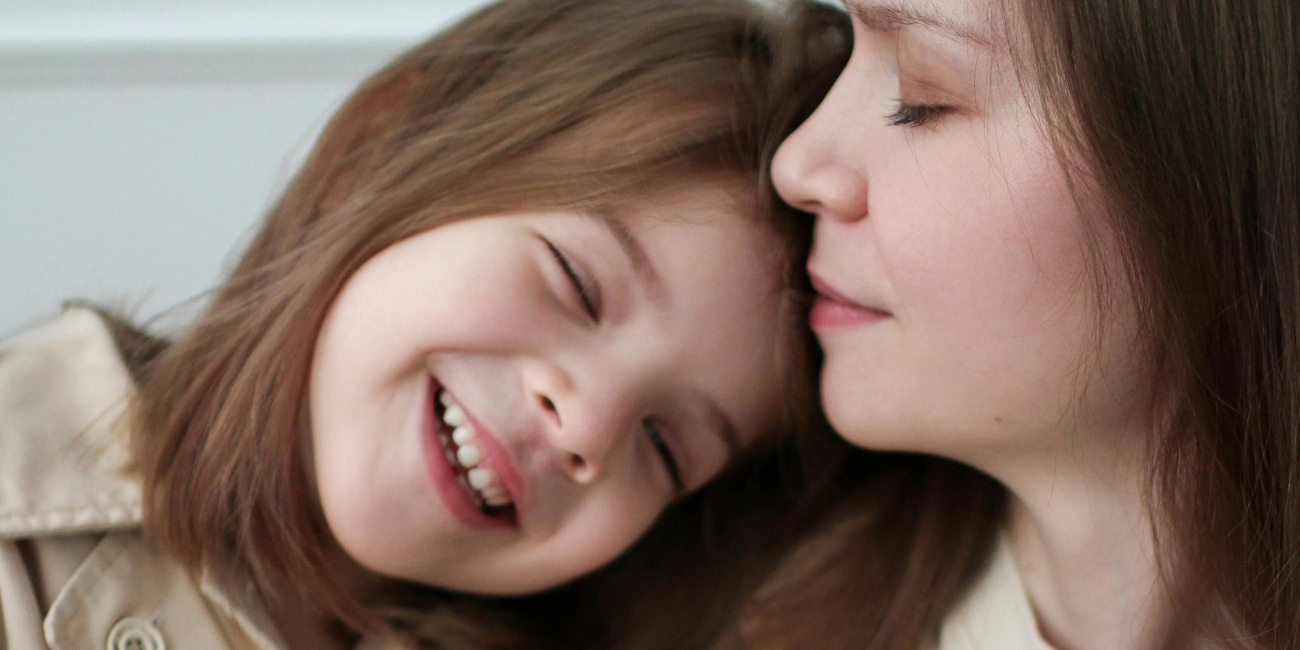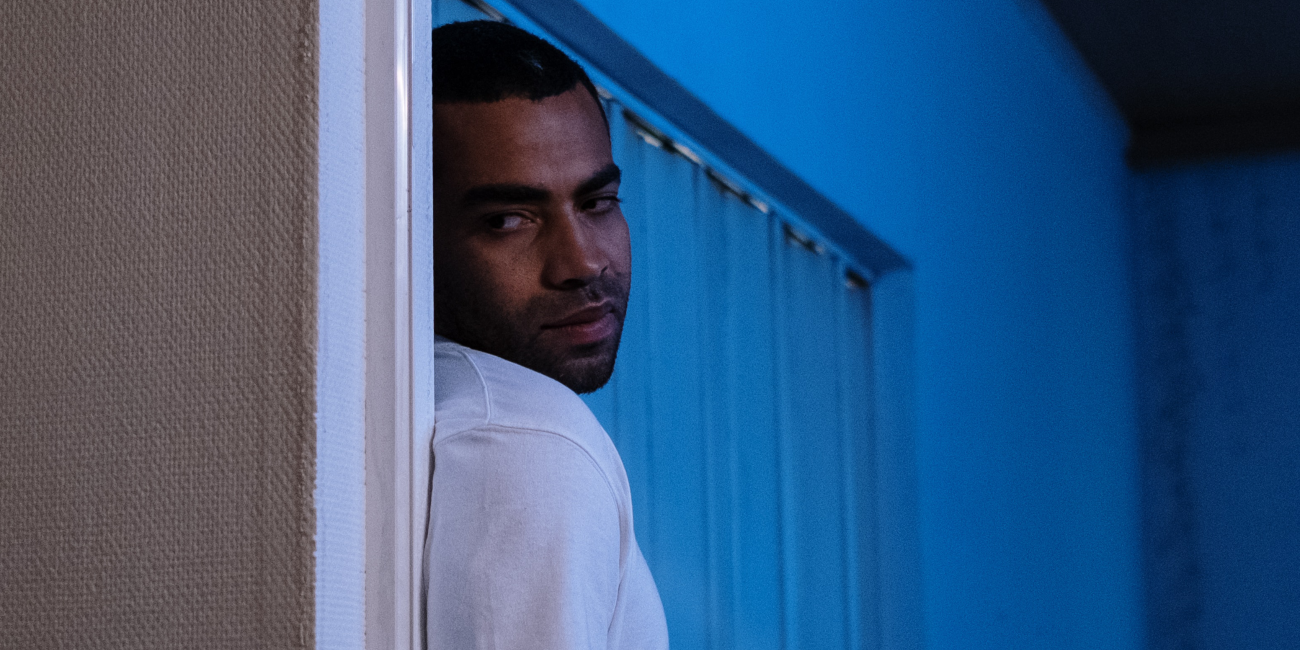Other Specified Disruptive, Impulse-Control, and Conduct Disorders
Other Specified Disruptive, Impulse-Control, and Conduct Disorders
Clinicians can use this classification when they have identified a particular reason the presentation does not meet the criteria for any specific disorder within this diagnostic class.
Other Specified Disruptive, Impulse-Control, and Conduct Disorders a category in the Diagnostic and Statistical Manual of Mental Disorders, Fifth Edition, Text Revision (DSM-5-TR), used to capture various problems of impulse control that do not fit into the existing categories, such as Oppositional Defiant Disorder, Intermittent Explosive Disorder, Conduct Disorder, Pyromania, and Kleptomania.
This category is essentially a "catch-all" for disorders that cause significant impairment or distress due to impulse control issues but do not meet the full criteria for any of the specific disorders. Clinicians can use this classification when they have identified a particular reason the presentation does not meet the criteria for any specific disorder within this diagnostic class.
Specificity: When using the "Other Specified" category, a clinician will describe the specific symptoms or behaviors that lead to significant distress or impairment but fall short of the established criteria for more defined disorders. For example, the clinician might specify "Other Specified Disruptive, Impulse-Control, and Conduct Disorder with behaviors characteristic of Conduct Disorder present only in the home setting." This level of detail helps plan treatment and can provide a clearer picture of the issue to other professionals involved in the individual's care.
Examples: A child or adolescent might demonstrate aggressive and disruptive behaviors that are notable and problematic, but if these behaviors occur less frequently than required by the diagnostic criteria for a disorder like Oppositional Defiant Disorder or Conduct Disorder, they might fall under this "Other Specified" category. Alternatively, an individual might display theft behaviors that lack the typical impulsivity or tension relief associated with Kleptomania, suggesting a different or less distinct underlying mechanism that doesn't fit neatly into the defined categories.
Documentation: Proper documentation in clinical settings is critical. When clinicians diagnose an "Other Specified" disorder, they describe not only the specific nature of the symptoms but also the context in which they occur, the duration, and any relevant factors that might contribute to the behavior. For instance, "Other Specified Disruptive, Impulse-Control, and Conduct Disorder, with limited prosocial emotions" could be a specification that captures a situation where the full criteria for a diagnosis of Conduct Disorder are not met, perhaps due to the age of onset or frequency of behaviors.
Clinical Judgment: Using the "Other Specified" diagnosis requires clinicians to rely on their experience and the nuances of their clinical judgment. This judgment is informed by a comprehensive evaluation of the individual, including clinical interviews, behavioral observations, psychological testing, and consultation with other professionals or individuals familiar with the patient's behavior. Such a diagnosis is often considered provisional or working and may change as more information becomes available or the individual's symptoms evolve.
Treatment and Management: Even though the individual does not meet the full criteria for a specific disorder, the impact on their life can be substantial. Treatment plans are tailored to address the particular issues the individual is facing. For instance, if a child has recurrent temper outbursts that are disruptive but not frequent enough to be diagnosed as Intermittent Explosive Disorder, they might still benefit from interventions like anger management, cognitive-behavioral therapy, or family therapy.
The treatment approach for "Other Specified" disorders often involves a combination of therapeutic interventions. It may also require coordination with other services, such as educational support for a child in school or legal assistance if behaviors have led to involvement with the justice system.
The goal of treatment in such cases is to reduce the symptoms and associated distress or impairment, even if the exact diagnosis doesn't fit a standard category. Clinicians work to identify the underlying factors contributing to the behavior and to help the individual develop skills to manage their impulses more effectively.
By allowing for the "Other Specified" category, the DSM-5-TR acknowledges that mental health is not always black and white and provides a framework for clinicians to offer care that is tailored to the individual needs of their patients.
This classification allows for flexibility and clinical discretion in diagnosing and treating individuals who struggle with impulse control but do not neatly fit into predefined categories. It also acknowledges the complexity and variability of mental disorders and the limitations of the current understanding and categorization of these problems.





